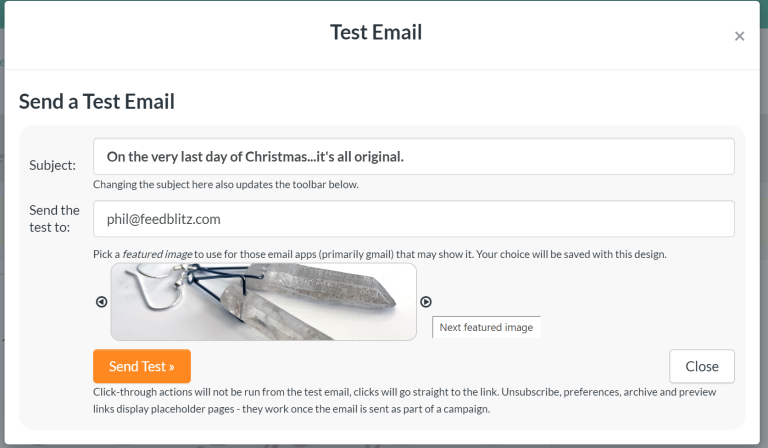As a busy side hustler, you know that your time is your most valuable resource. At times, it probably feels like you’re juggling a million things as you try to maintain the lifestyle you’ve dreamed of or aspire to. And yet, you wonder if work-life balance is even possible for you.
While it does require a degree of self-discipline, know that learning good time management skills is entirely doable. Here are 10 helpful time management tips to add to your daily life.

1. Track Your Time for a Week or Month
Over the last decade, time tracking has been one of my favorite tools for better time management. If you’ve never tried this, you simply record how you spend every hour of the day. You can use a spreadsheet like Google Sheets for tracking, a blank Google Doc, or even a piece of paper.
Since I don’t have the best memory, I set a timer, and at the start of each hour, I will write down what I did during the previous hour. At the end of the day or week, look at how you spent your time and see if there is anything you want to change going forward.
Most of us think we have a good idea of how we spend our time. However, after time tracking, we often realize there are things we can change or improve. Also, when you know you will be tracking your time, you’re far less likely to spend an hour on Instagram at 2 PM on a Monday afternoon.
2. Know What Your Biggest Distractions Are and Find Ways to Minimize Them
We all have things that distract us from our work. For some people, it’s social media; for others, it could be notifications on your phone, text messages, or even other employees constantly emailing you. Whatever it is, you’ve probably realized that multitasking like this increases your stress levels and makes it nearly impossible to work on your urgent tasks or most important tasks.
Do your best to set clear boundaries with yourself and those around you. This could look like keeping a regular schedule so that you’re always clear about what needs to be done. Also, do your best to avoid temptation. If your phone is a big one, try keeping it in another room while you work.
Remember that distractions are just a clever form of procrastination. Ultimately, another way to look at it is that the less time you spend procrastinating, the less time you need to work. This means a better work-life balance for you.
3. Find a Project Management or Planning Tool to Manage Your Calendar and Task List
Being disorganized and scattered quickly leads to poor time management. I like to use Google Calendar for my schedule and deadlines. I also use Asana to create to-do lists and track ongoing projects. You can even include deadlines, rank tasks according to urgency, and delegate responsibilities if you work with others.
If you prefer paper methods, the Productivity Planner by Intelligent Change is a great option for planning and organizing. Holly also has a printable planner, the Determination Bundle, that she uses to stay on top of all her personal and professional responsibilities.
4. Schedule Short Breaks Throughout the Day to Avoid Burnout
A scheduled break or breaks throughout the day will make you much more productive. I find that when I give myself a break, I’m able to return to my tasks and give my full attention in a way that I’m not able to when I’m glued to my desk all day.
If possible, see if you can stay off your devices during your breaks and get some fresh air, read a book, or get some movement in. Even if you only have a short amount of time, this can be a good way to incorporate some of your favorite free time activities or hobbies into your day.
5. Give Yourself Some Buffer Time Between Tasks or Meetings
Having time buffers will help alleviate some of the anxiety most of us feel when we’re rushing around or running behind. For instance, I hate being late, so I always try to schedule at least 15-30 minutes between meetings in case something runs late. This way, when I finish something, I have at least a few minutes to refill my water glass or just catch my breath and relax for a few minutes.
No matter how many time management tips you use, if your schedule is always jam-packed, it will be hard to do quality work or give your best effort.
6. Try out Time Management Strategies Like Time Blocking or the Pomodoro Technique
While time blocking and the Pomodoro technique are time management tools you’ve probably heard of, give them a try if you haven’t already. You might be surprised how much time this can save you when it comes time to complete tasks.
Time blocking is where you create a block of time for working on similar tasks. For example, during the week, you could have a block of time for doing admin work like responding to emails or invoicing and another block for completing client work or doing social media or marketing. Of course, this will vary depending on what type of work you do. The advantage is that you can focus on a specific task rather than multitasking or switching back and forth from task to task.
The Pomodoro technique is where you set a timer for a specific amount of time, like 20-45 minutes. Then, when the timer goes off, you take a short break and do another Pomodoro round. I’ve found this to be an effective time management strategy for making the day pass more quickly. This is especially useful if you’re working on something you don’t want to do or a big project that could take multiple hours.
7. Eat That Frog and Make the Most of Your Morning
If you have the greatest amount of energy during the first few hours of the morning, make the most of that time. Perhaps you’ve heard of Brian Tracey’s famous productivity book Eat That Frog, based on the Mark Twain quote where he talks about completing your most challenging tasks first. You might also set goals at the start of the day or week so you can measure what success would look like for you.
For setting goals, you can always refer back to the SMART goal method, where your goals should be specific, measurable, attainable, realistic, and time-bound.

8. Try Co-working With Other Professionals
Joining co-working sessions with other professionals has done wonders for my productivity. There is a specific website for this called Focusmate, where you can co-work with people from all around the world. With the free version, you receive three co-working sessions per week.
While it might seem odd initially, co-working forces you to show up at whatever time you’ve committed to. Then, you check in with the other person, share your goals for the session, and then you both work independently. At the end, you check in once more to share how things went.
I even used a co-working session to start working on this article! Co-working is also great if most of your work is done independently and you ever feel lonely.
9. Use Reminders and Set Clear Time Limits
Using reminders and setting time limits can help keep yourself focused. If you are side hustling and have multiple jobs or projects, you’ve probably felt overwhelmed more times than you can count.
Reminders can be helpful for deadlines, but you can also space them out during the day, week, and month to stay on track.
You can also set clear time limits for yourself. Let’s say you’re writing an article or completing a task. You could give yourself a set time, maybe an hour or two, to complete the work. When you have a deadline like this, it will help you to stay focused and avoid distractions.
10. Consider What Habits Will Help You Reach Your Long-Term Goals
Adding positive habits to both your work and personal life will save you so much time. Consider this: once something becomes a habit, you create a behavior change and just do the habit automatically without thinking about it. Think about all areas of your life and ask yourself what habits would make the rest of your life easier.
As a side hustler, a few that are essential for me are,
- Going to bed at 10 PM
- Spending at least 15 minutes daily to learn something new
- Eating healthy meals of protein and veggies
- Journaling or writing to sort through my ideas
First, don’t try to change your entire life. Instead, try out one new habit for a week, then a month. After that, try adding in one more habit and then another.
Time Management Tips Wrap-Up
I always find that a slow and steady approach is the way to go, especially with a busy life and multiple jobs or projects. Try re-reading the list of tips above and think about which might work well for you.
Remember that our lives are fluid and ever-changing. Just because certain time management tips worked for you in the past doesn’t mean that you have to stick with them today.
Be willing to use some trial and error and see what works for you. The goal of time management isn’t to get more done than everyone you know. Instead, it’s about making the time and energy for the tasks and projects that mean the most to you.










